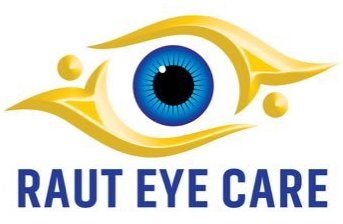
B-Scan Ultrasound is a type of medical imaging technique used to visualize the structures inside the eye.It is a non-invasive, painless procedure that uses sound waves to generate images of the eye.
B-scan ultrasound can be used to diagnose and monitor a variety of eye conditions, including glaucoma, retinal detachment, and macular degeneration.It is especially useful because it can detect abnormalities that are not visible on other imaging techniques, such as an ophthalmoscopic exam.
During the procedure, a probe is placed on the surface of the eye and sound waves are sent through the eye.These sound waves create an image of the structures inside the eye that can be viewed on a computer screen.
The image generated by the B-scan ultrasound can help your doctor diagnose and monitor the progression of various eye diseases.






